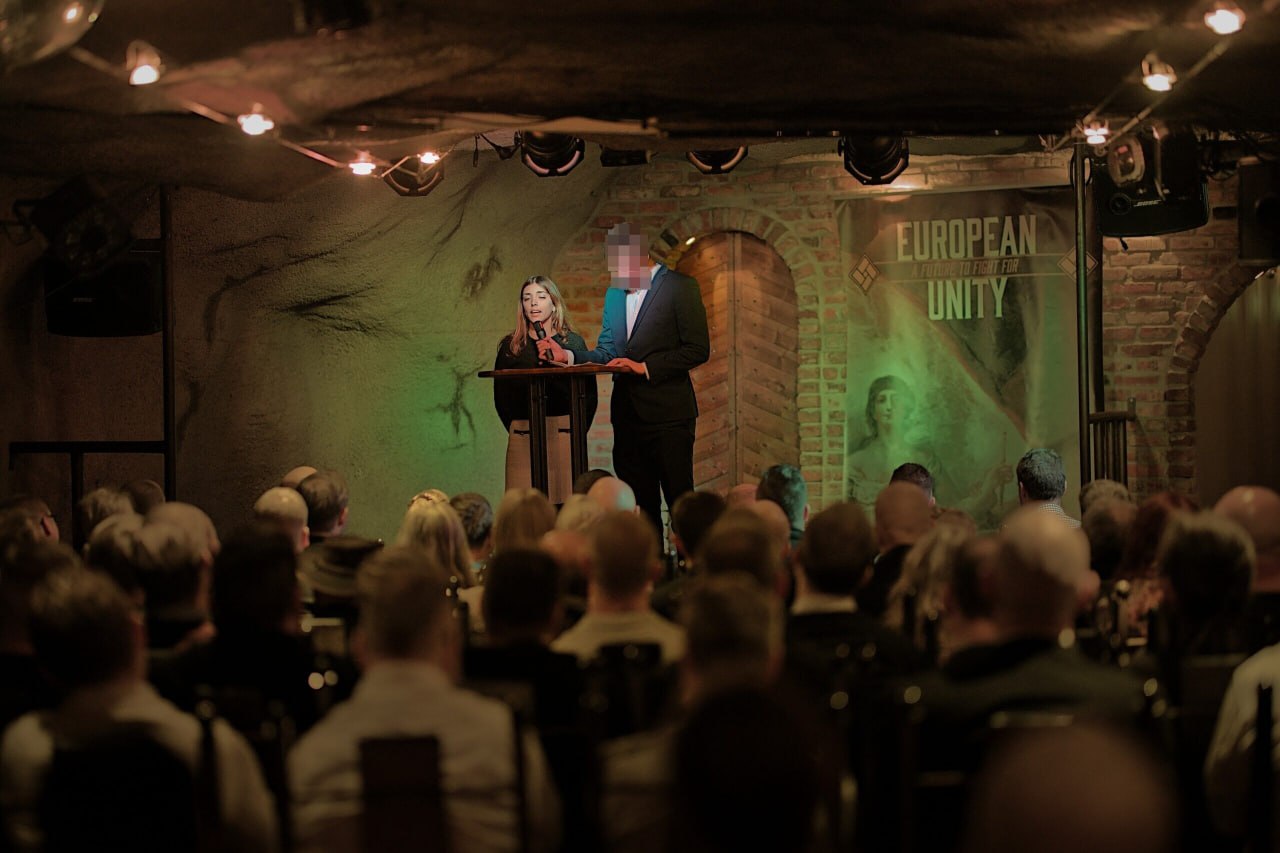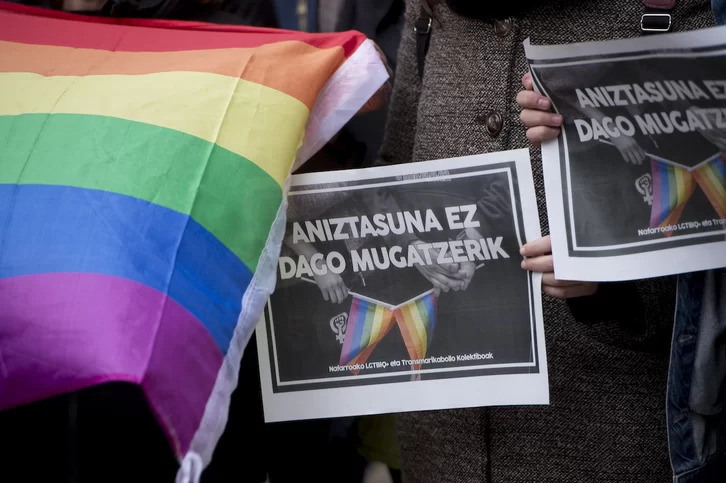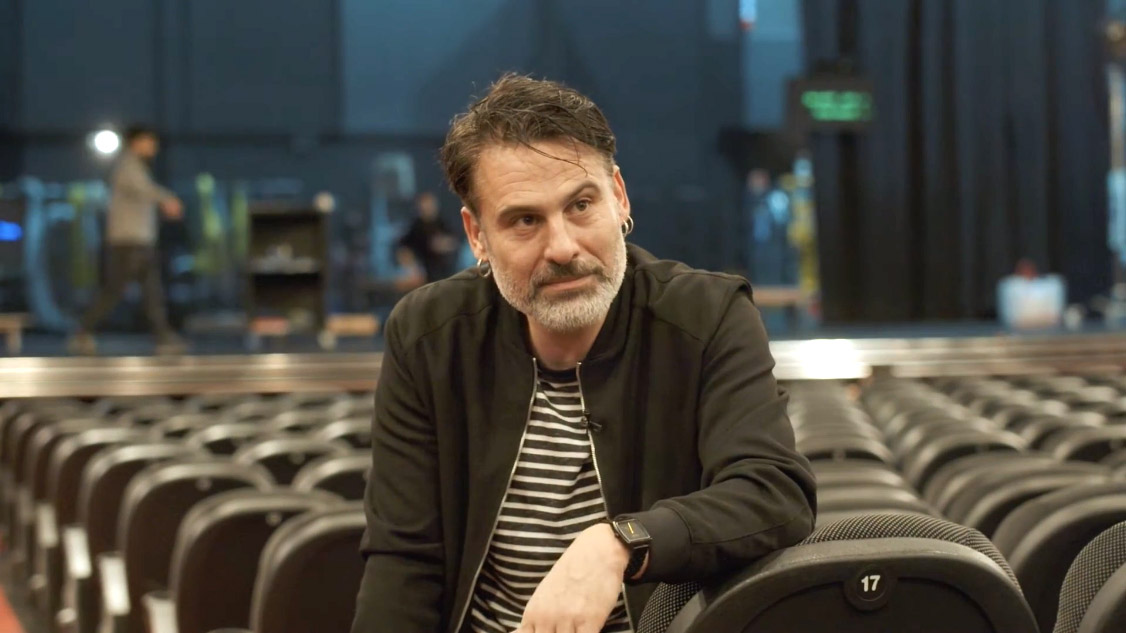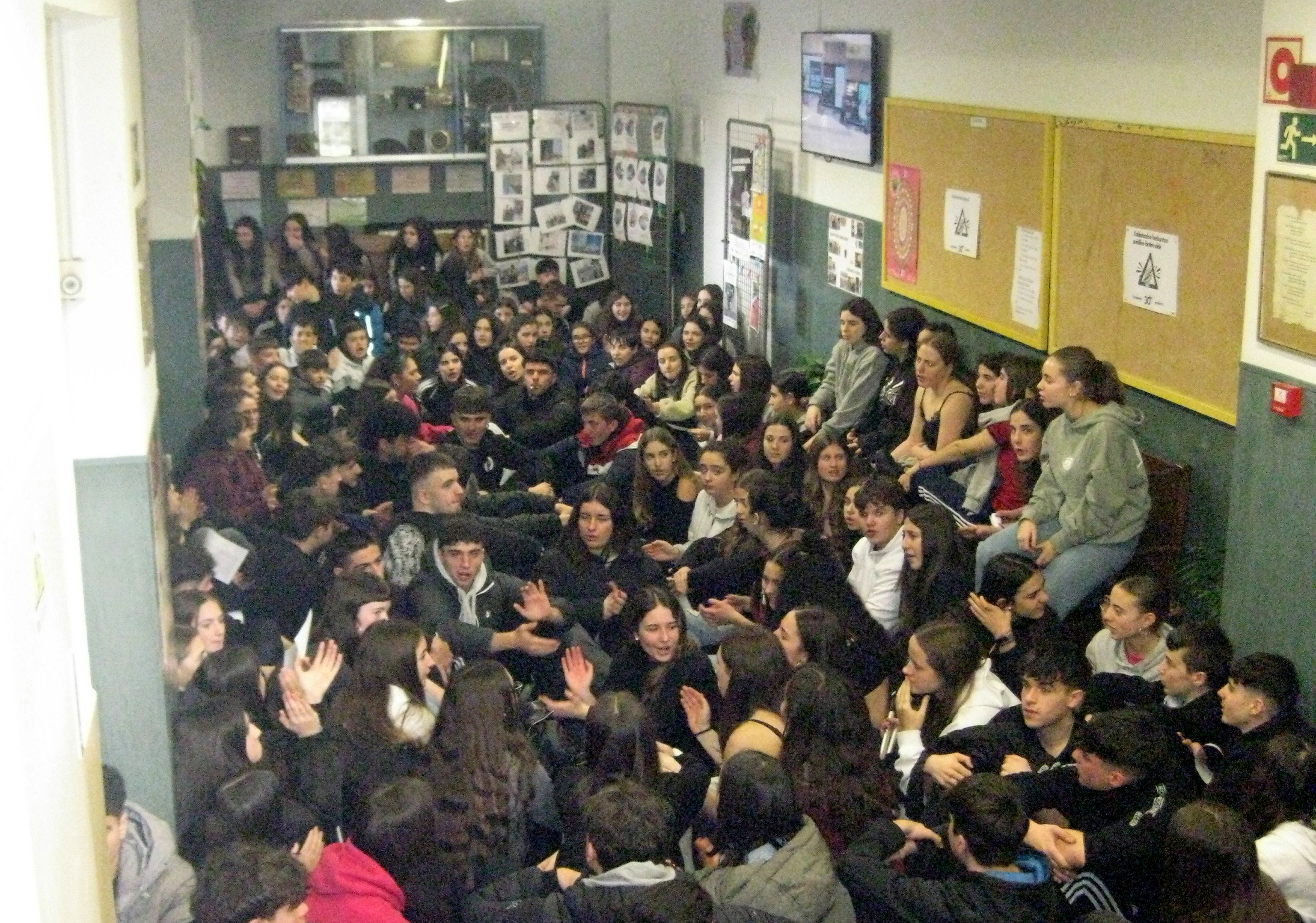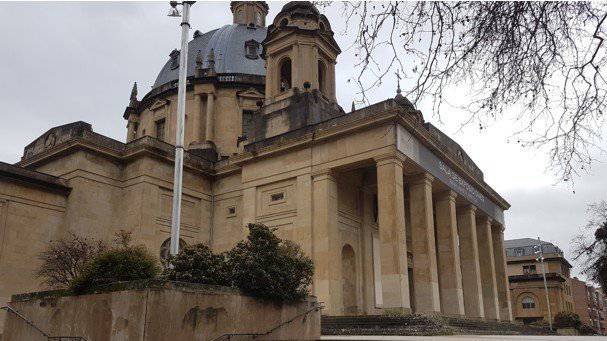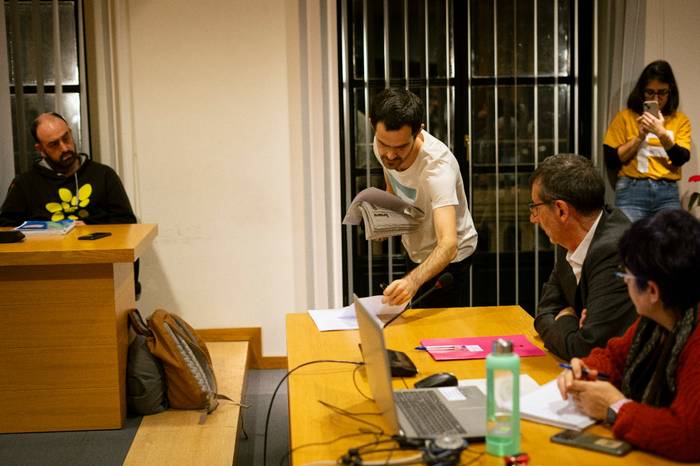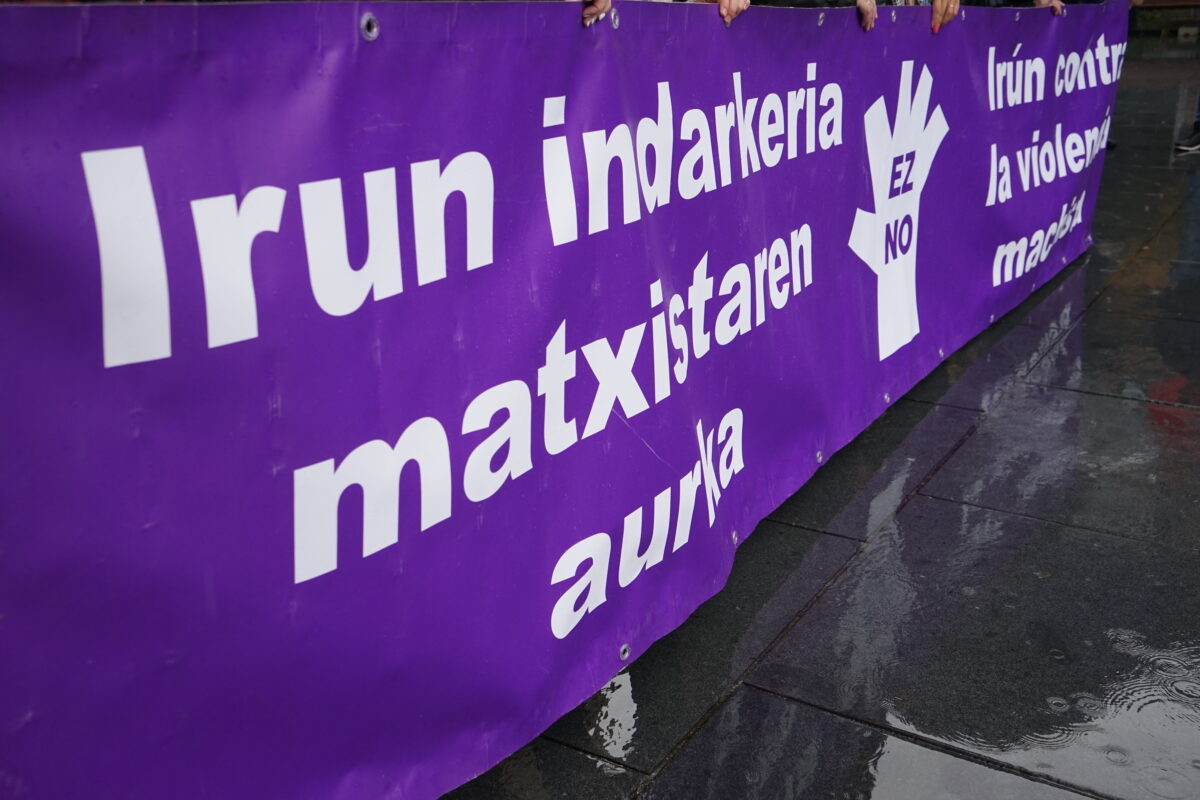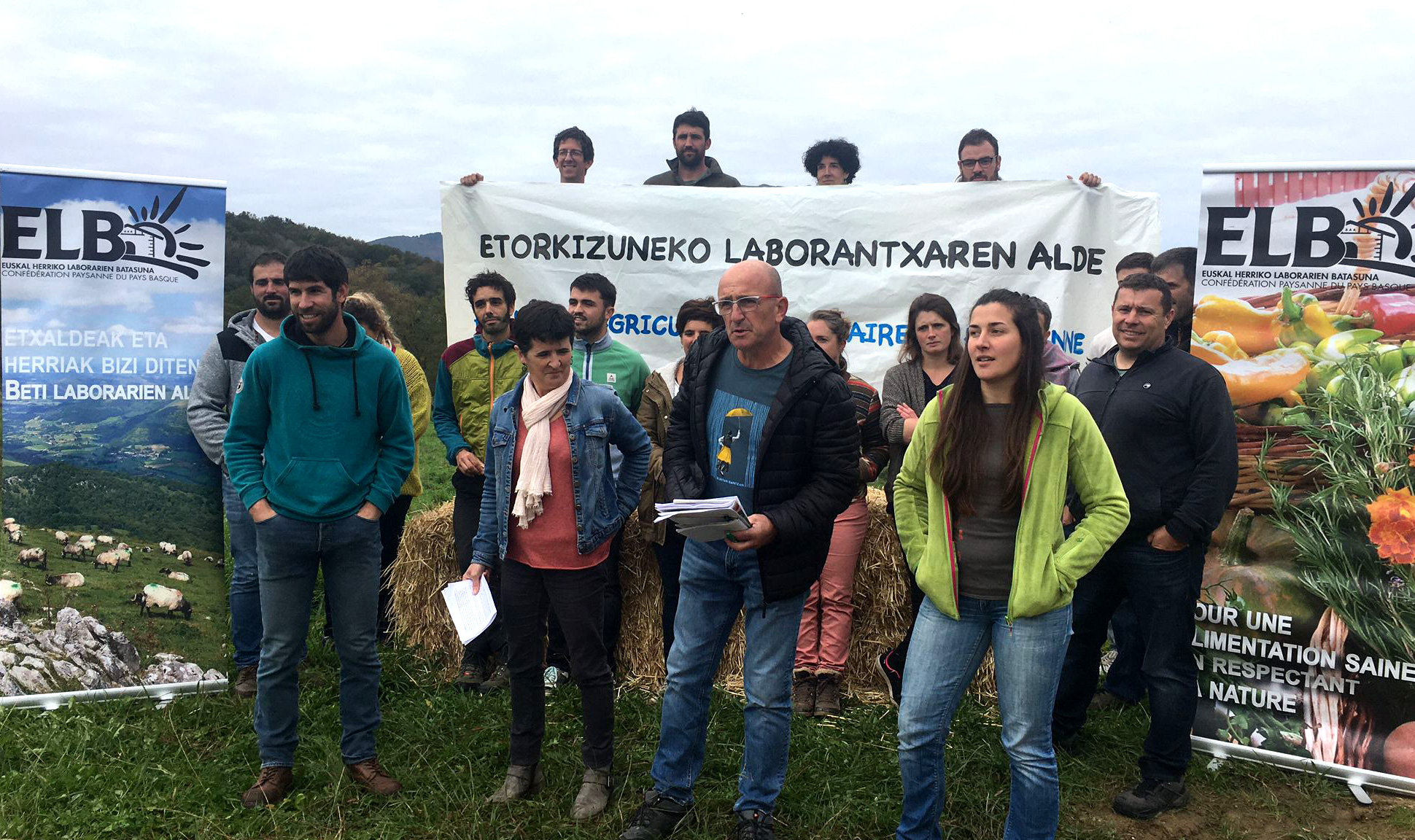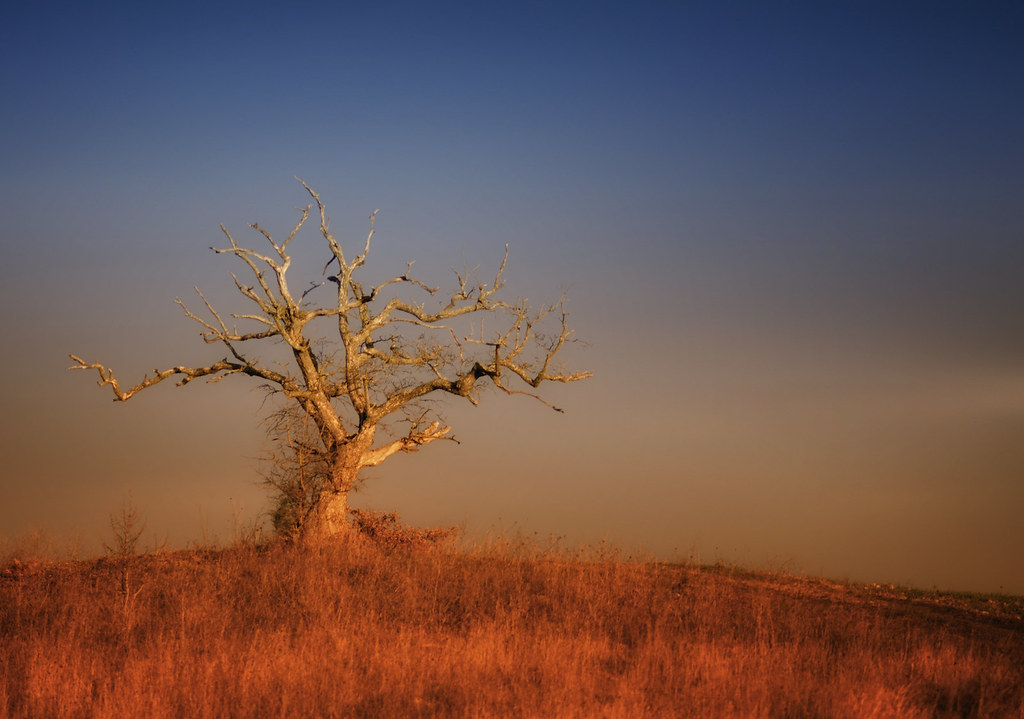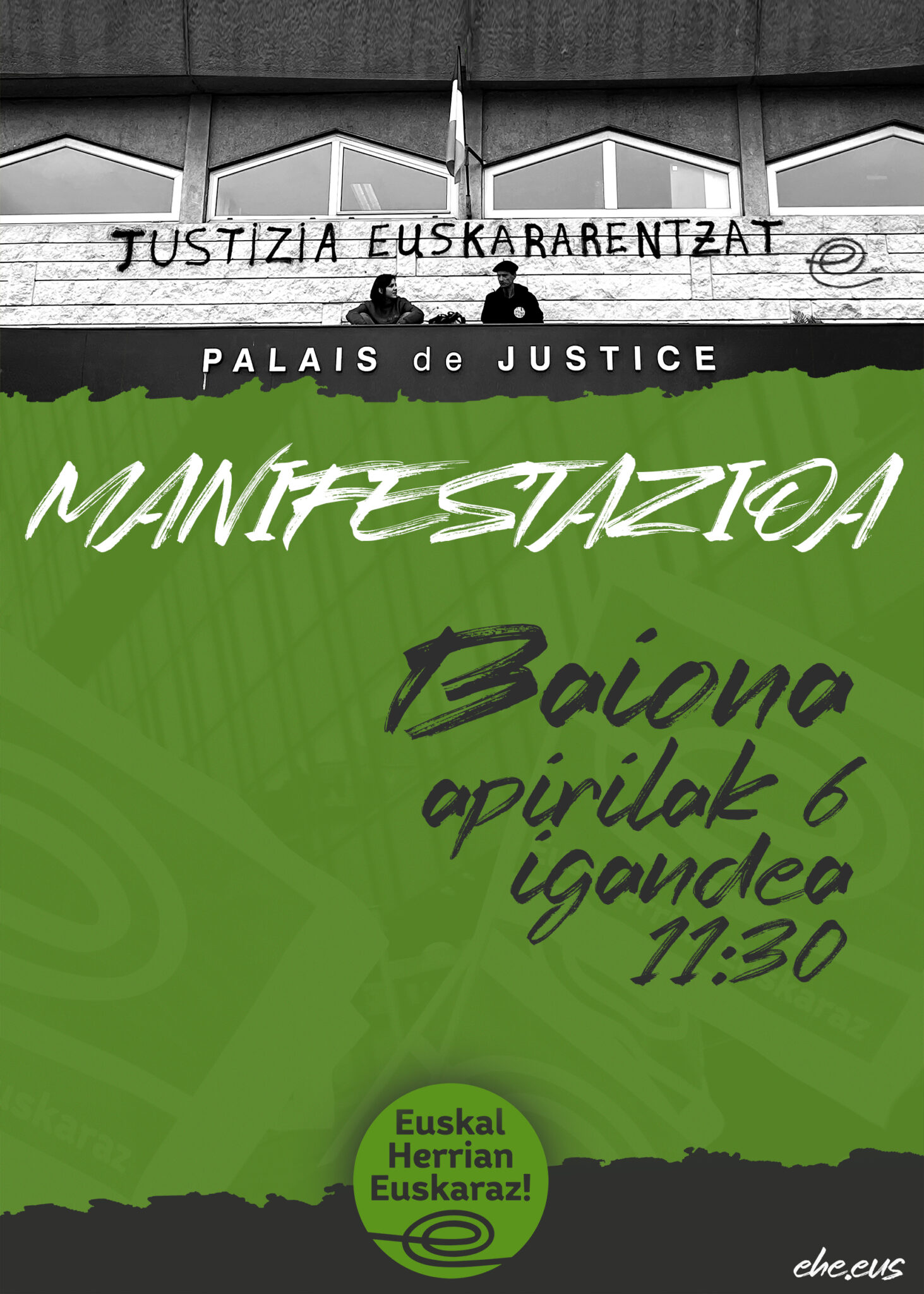Nowhere in the sea from the risks
- The Kukubiltxo group has just presented the play Inora bidaia, his second work with the writer and playwright Aristides Vargas. In 1950, nine escapes from the dictatorship were inspired by a sailing trip to immerse themselves in the subject of historical memory. Like the characters, the actors have also embarked on a journey full of challenges in their creative process.

Ainhoa Alberdi, María Alonso, Josu Cámara, Marifeli Etxeandia and Iurgi Etxebarria are the actors who interpret the play Inora bidaia, a text modified by Gotzon Barandiaran directed by Aristides Vargas. The process of creating the work, together with Vargas, has been, as the members of the group have confessed, the largest trip nowhere, since the words and their expressions have been found to be interacting.
The story that tells the trip nowhere is based on a real fact: In 1950, nine people fled the pressure of the dictatorship on a small sailboat called Montserrat by sea, taking advantage of the maritime procession in tribute to the missing persons in the sea of Santurtzi. This adventure is embodied in a role in the mouths of some of their living or descendants to know in depth the history that departed from these texts. According to Josu Cámara, “the testimony Winds of Freedom, written by the nephew of a boat that we discovered three years ago, seemed very nice to draw nine people in the middle of the sea, without course, without reference. As Vargas says, this story is a metaphor for a people that has left without definite course but in the hope of finding a less cruel world.”
Second trip from Kukubiltxo
Many still portray Kukubiltxo linked to puppets, masks and the youngest audience, but the last two works reveal another aesthetic and another tour. According to Josu Chamber, when the group turned 30 years old they saw two possible ways: to celebrate what they did in the past or to resume their possibilities for the future, causing a collective shake. They chose the second path. “The first phase of this process was the recycling, learning and deepening of the techniques we used. For this we find different professors”. Among them was Aristides Vargas, an exiled playwright from Argentina to Ecuador. By then, Vargas had already been in Euskal Herria several times with his group Malayerba, among others, representing the work The Armored Reason, of great repercussion. As Chamber remembers, “we knew his working method and set out to work with us in the creative process of a new show.” At first Vargas took a huge surprise, but finally assumed the direction of what the exact surface of the Oak would be. This step was a nude for the Kukubiltxokos. “To be in sight on stage without masks, with the feelings of oneself, because besides being puppet manipulators, in the group there were actors able to keep a character above the scene.” Since Vargas has its nest in Quito, the creative processes have been filled with difficulties, but do not rule out the possibility of co-productions with Malayerba in the future.
Camara has admitted that between the two works he has done with Vargas there are, however, some differences: “On the exact surface of the oak tree, Vargas saw that we repeated the reflection about our identity, from where the work arose. On this occasion, the starting point was a very specific issue. From the beginning we had a desire and a need to speak of collective memory, and the 1950 journey allowed us to do so.” For this purpose, Vargas has sent them exercises and text proposals for a year, sent them their answers and in the final phase of the process they have gathered all the threads in Euskal Herria. Vargas himself confessed that he had many doubts “at first history did not draw me, because I do not like to tell the reality as it has happened. I like intermediate planes, more than the reality of fiction construction. As an artist, I didn’t know what I could add to the writings that reflected that experience.” So he proposed to Kukubiltxo to take everything to a contemporary reading. “To talk about the need to change in an organized system, to break the established, to break a supposedly safe life, from a journey towards insecurity and the importance of playing with surprise.” The act of adventure becomes almost political in a sense. “The fantastic journey can become a daily journey from home to the bakery, depending on each one’s attitude. The most important thing about the journey is not to arrive, but to go somewhere.”
According to the House, when choosing to work with Vargas they have taken full account of the committed nature of their works. “Sometimes we perceive that our identity is very special, sometimes we see that what happens here can happen to us anywhere in the world. For us it has been interesting to talk about us in both cases with an outdoor gaze.” For several months, Vargas has written the material passed by the actors, stories, fables. “I asked them to make their own trips, because that was interesting to me: to talk about the need to travel contemporaneously.” The concept of utopia can essentially summarize the effort. The characters meet precisely in an inn called Utopia. According to Vargas, “this utopian space can be infernal but also liberating. There are terrible utopias, like religious ones, but others that make people move, for example, those that say that men can be better.”
In terms of language, the actors have worked among themselves in Basque, in everything related to Vargas in Spanish. GOTZON Barandiaran has been in charge of adapting the contributions in Basque at every step. Vargas has acknowledged that playing with language has influenced the process. “My Spanish is Latin American, it is touched by other realities. My texts have also been reinvented since the Basque Country in this process. I told the actors that words shouldn't lose the sense of the game, because then the audience will feel identified. In this way, languages become their own and identity.” According to Vargas, many questions about the Basque country have arisen on this occasion: “I find Euskera exciting. Languages must be taken care of so that they are not lost, behind languages there are human beings and if language disappears these human beings are the ones that disappear.”
The three levels of play
For the team of actors, the road proposed by Vargas has been a great milestone, based fundamentally on three levels of actors: the personal character, the effort they make to get into the skin of the people who are on the boat and the feeling of the actor himself. According to the House, Vargas and his partner and colleague Charo Francés have declared their method a lack of action. “Do not interpret, do not imitate. Everyone has to find a feeling and start from there. Sometimes the character doesn't speak on stage, but the actor. We don't get stuck."
Aristides Vargas seeks the process that each project requires, without being lost in closed formulas. “I generally like theatrical experiences, rather than works that can be assembled in a conventional way. I like to work experimentally so that the subject and the way we work have the same essence.” Shortly after the interview, Miguel Strogoff has left to Paris to make the armored of Reason, but he says it is the same to do it there or in Santurtzi. “I’m not interested in becoming famous or making money. I'm interested in the theater that speaks to men, who somehow participates in an ethical restructuring of society. I'm not interested in theater to say nothing, I think theater has to look for place among the themes that people discuss every day, as in the beginning. This moment is very complex for humanity but also exciting, because we have stopped thinking that life is to be quiet in the state of well-being.”
At the moment, on December 23 in Mungia we will find the trip to Ino.











